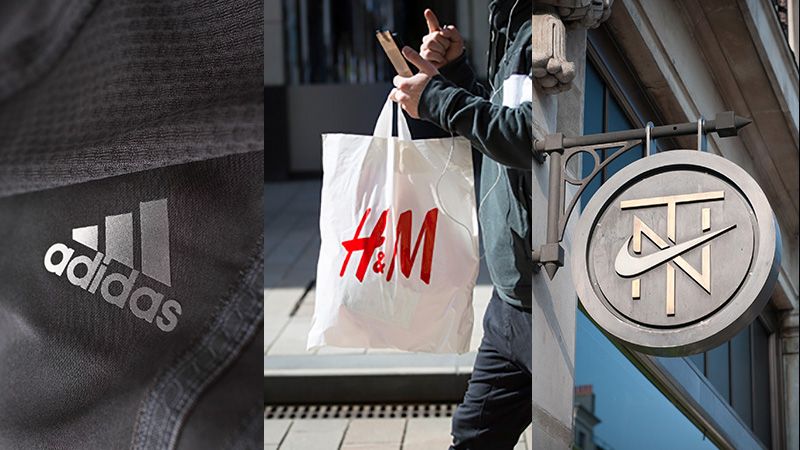Major brands and retailers, including Adidas, H&M and Nike, have expressed a lack concern on water risk despite stress on water availability in key manufacturing regions, a report called The Ripple Effect by Planet Tracker has claimed.
This comes just after World Water Day on 22 March, alerting popular companies to reduce its negative water impacts and move to a sustainable water footprint in its direct and indirect operations. Given how critical water is to stages of the textile supply chain – from dyeing to raw material production – Planet Tracker urged companies and investors to set targets and develop a water transition plan for long-term sustainability to prevent impacts on profit and revenue.
Planet Tracker has identified three water-related risks facing the fashion industry: The first is physical risks, where operations and supply chains can be affected. The second is regulatory risks as changes in water costs, access rights, or social license to operate can impact profitability. The last is reputational risks, whereby adverse coverage of a brand’s water impacts can damage its reputation.
Further, the financial implications of water-related risks are high. For example, a typical apparel brand operating with a 55% gross margin and 15% EBIT margin could see a 3% decrease in operating profit from just a 1% increase in COGS (cost of goods sold) due to water-related disruptions.
To help investors, the company has created an interactive dashboard that maps the location of nearly 800 apparel factories across the globe. This tool considers the current level of water stress the factories are exposed to and how this is estimated to change over time.
Richard Wielechowski, senior investment analyst at Planet Tracker, said: “Water risk should be seen as a strategic threat by major apparel corporates. Developing plans to manage and reduce this risk over time is essential for long-term sustainability.”
Commenting on the dashboard, he added: “Investors in the apparel sector need consistent and comparable data to appropriately price water-related risks. Currently, the textile sector falls short in meeting this need, but investors should work with their holdings to address this data gap.”








